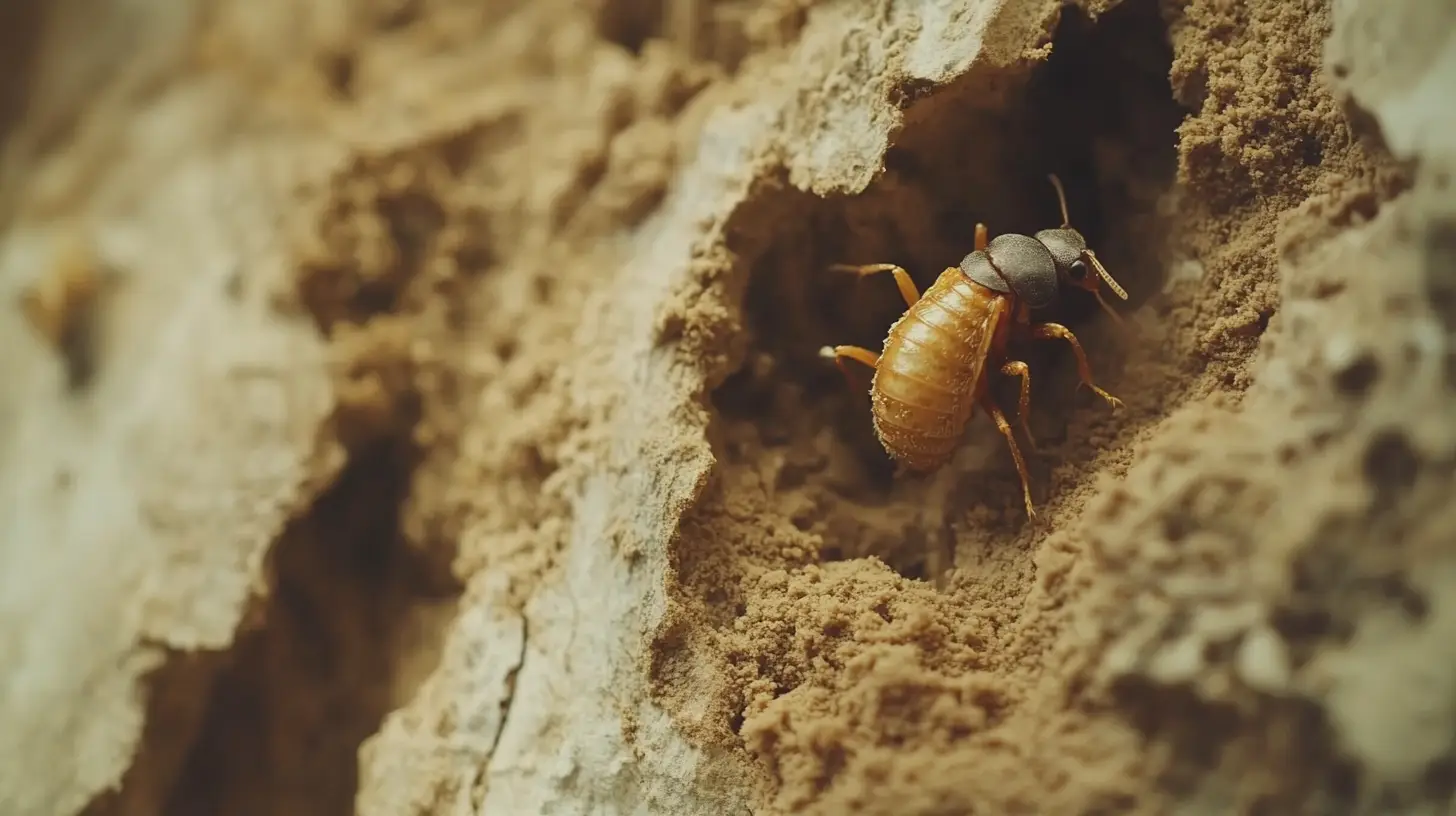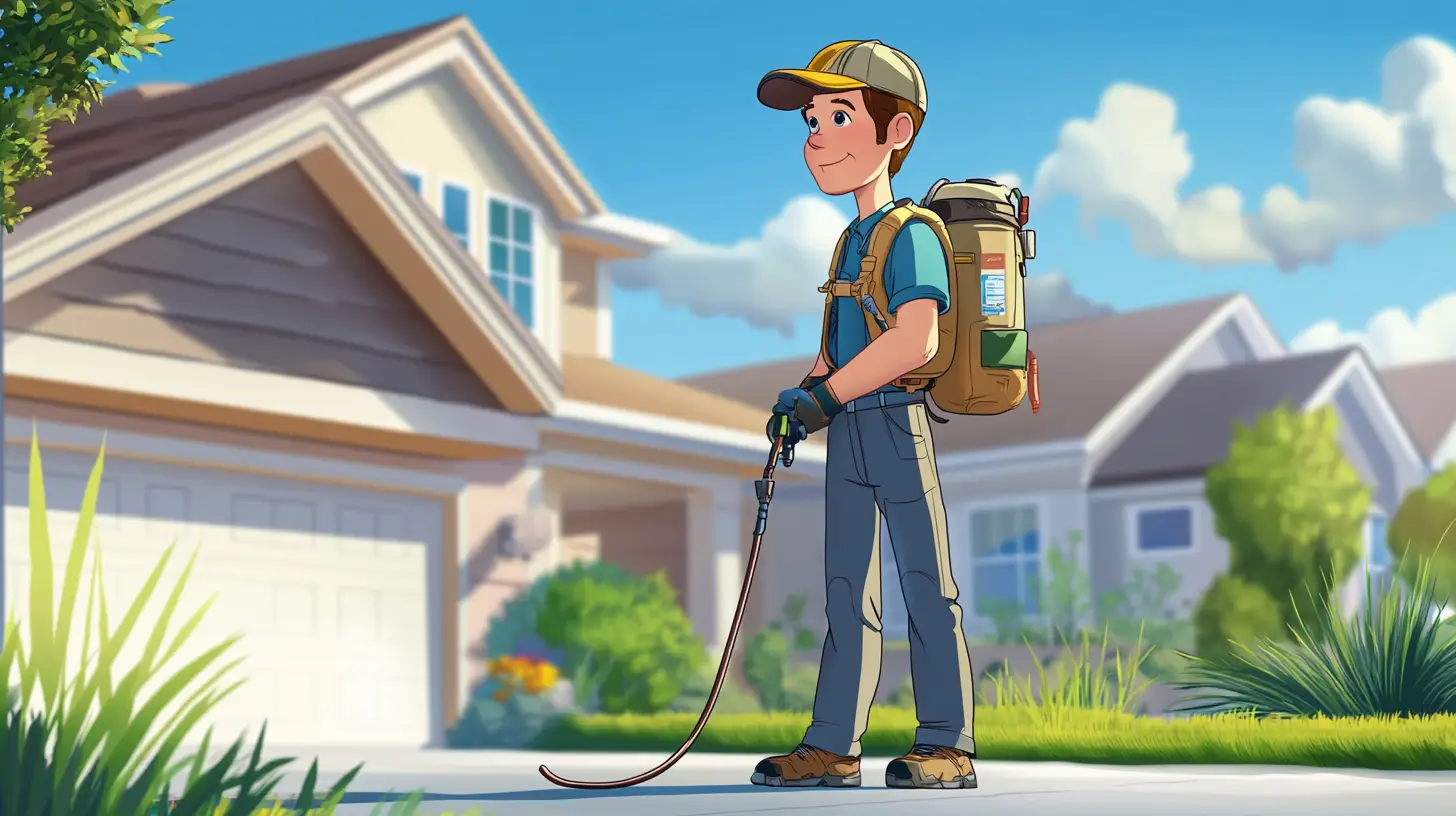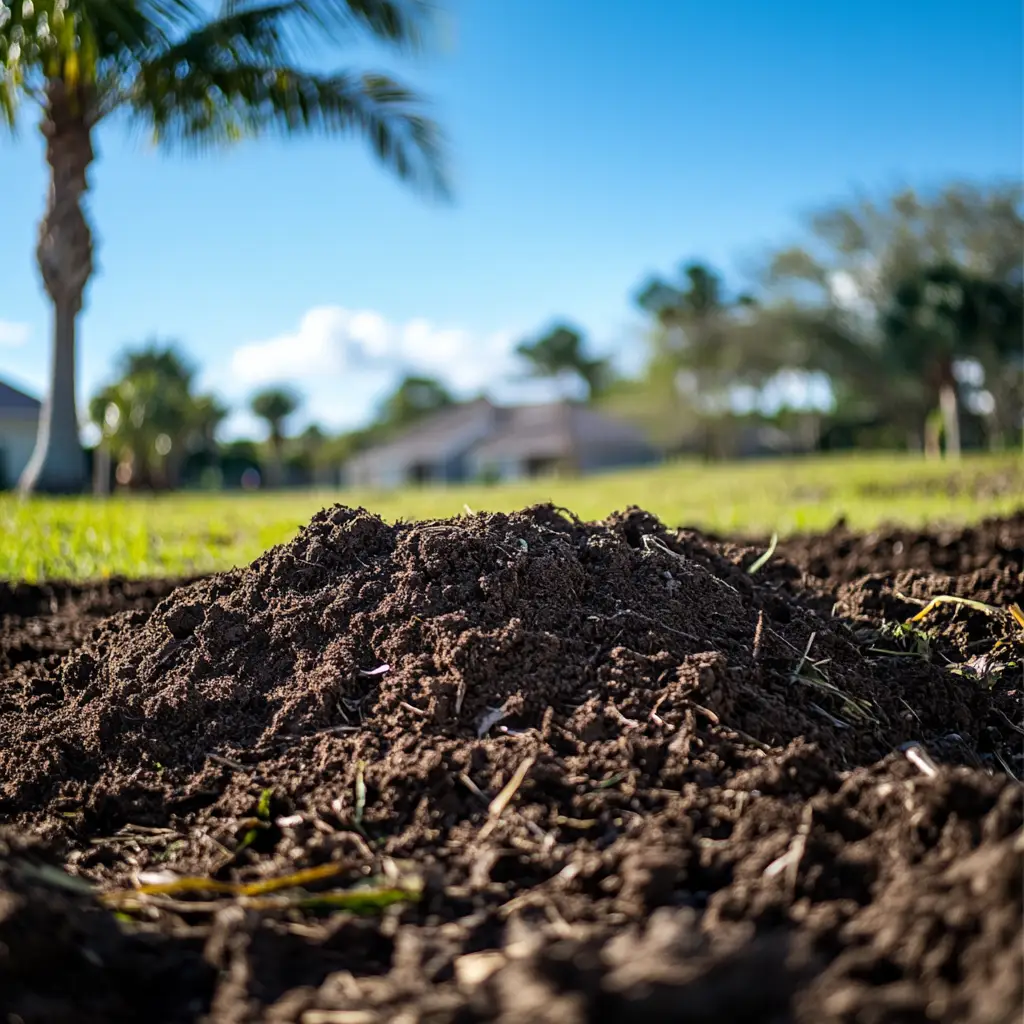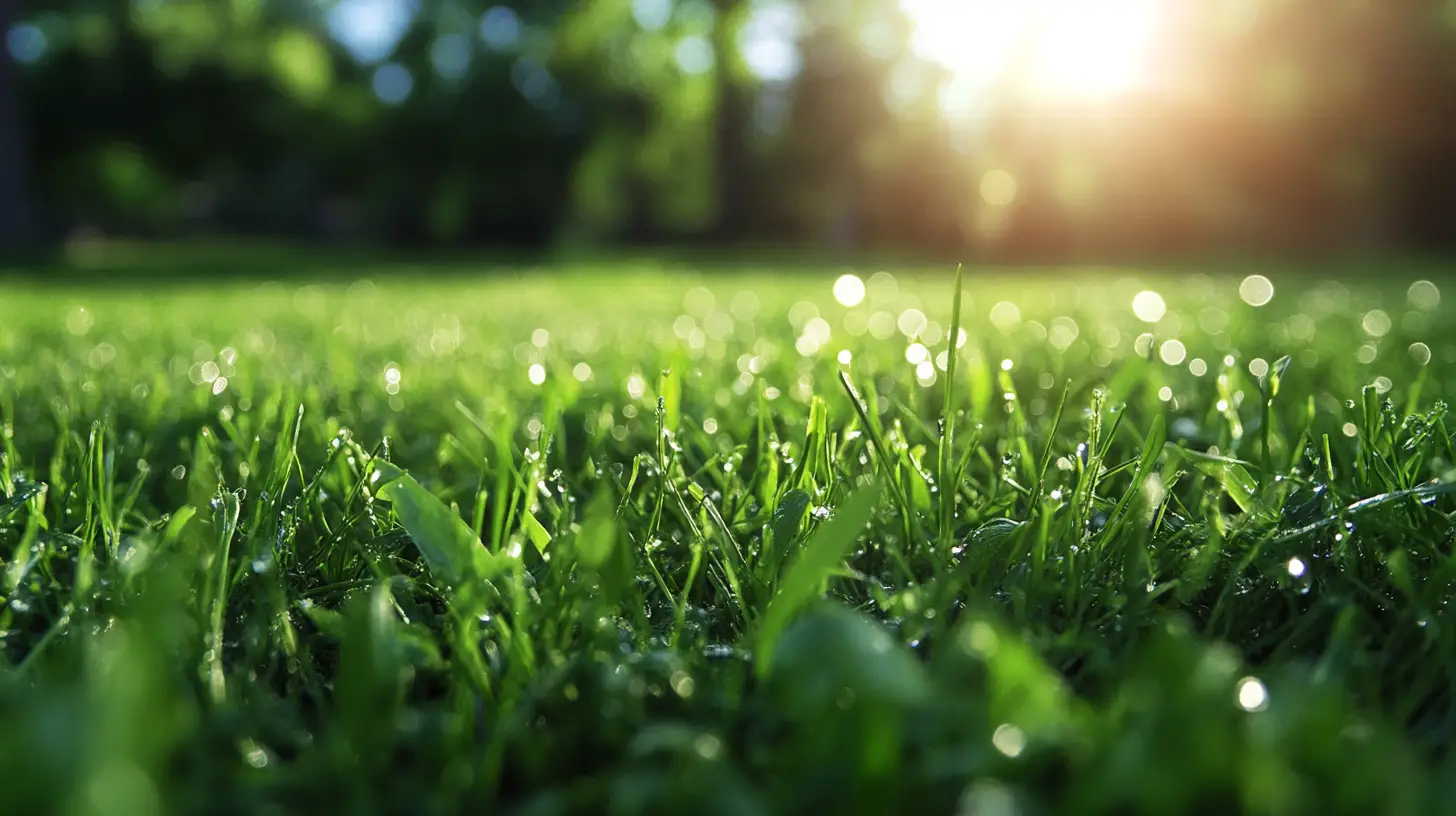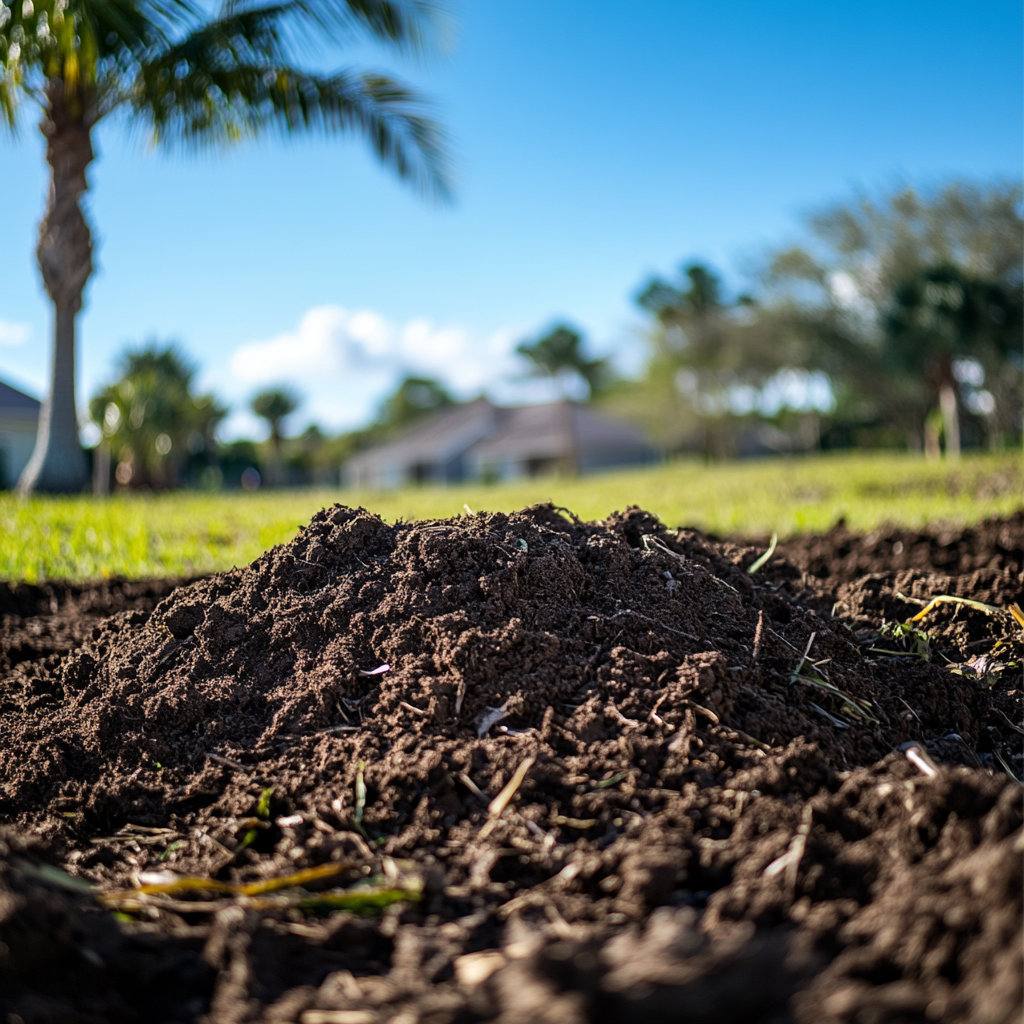
When you look out at your lawn, it’s easy to focus on the blades of grass waving in the breeze. But what’s happening under your feet matters even more. Healthy soil is the foundation of a strong, vibrant lawn in Lakewood Ranch, and without it, even the greenest grass will struggle.
Key Takeaways
- Soil is the lifeline of your lawn — healthy soil equals healthy grass.
- Loamy soil offers the best balance for drainage, nutrient holding, and root growth.
- Compacted or poorly drained soil can choke out your grass, even with proper watering.
- Regular aeration, fertilization, and pH balancing treatments are some of the best ways to improve soil health.
- Pay attention to the feel, smell, and water behavior of your soil to spot problems early.
Why Soil Health Matters for Your Lawn
Soil isn’t just dirt. It’s a living ecosystem packed with nutrients, organisms, and minerals that fuel grass growth. If your soil is compacted, poorly drained, too acidic, or too alkaline, your grass will have a hard time getting the water, air, and nutrients it needs to stay healthy. The result? Thin patches, wilting, and a lawn that just can’t seem to bounce back.
Common Types of Lawn Soil in Lakewood Ranch
Loamy Soil:
- Often considered the gold standard, loamy soil balances sand, silt, and clay perfectly. It drains well, holds nutrients, and feels light and fluffy — ideal for growing healthy lawns.
Sandy Soil:
- Sandy soil feels gritty and drains fast. It struggles to hold water and nutrients, so grass grown here often needs extra care and consistent watering.
Clay Soil:
- Dense and heavy, clay soil holds water too long and can easily compact, making it harder for roots to grow deep and strong.
Knowing your soil type helps you adjust your care routine for better results.
How to Tell If Your Soil Is Healthy
Good soil feels soft yet firm and crumbles easily when squeezed. It should smell earthy, not sour or rotten. If you see thriving grass, plenty of earthworms, and water soaking in rather than pooling, you’re on the right track.
Warning signs of poor soil health include:
- Standing water or muddy patches after rain
- Rock-hard dry soil during droughts
- Sparse or struggling grass
- Unusually fast runoff when watering
How to Boost Soil Health in Lakewood Ranch
Improving soil doesn’t happen overnight, but the payoff is a lawn that’s more resilient, less thirsty, and better-looking all year.
Soil Amendments:
- Materials like lime, sulfur, or organic compost can adjust pH levels and improve soil structure, helping your grass access the nutrients it needs.
- Targeted fertilization replaces missing nutrients, fueling stronger roots and greener blades.
- Aerating removes plugs of soil, relieving compaction and allowing more air, water, and nutrients to reach the root zone. This can make a major difference, especially in heavy clay soils common to some areas around Lakewood Ranch.
Frequently Asked Questions (FAQs)
How do I know what kind of soil I have?
Squeeze a handful of moist soil. If it crumbles easily, it’s likely loamy. If it feels gritty, it’s sandy; if it sticks together tightly, it’s heavy in clay.
Can soil pH really affect my grass?
Absolutely. If the pH is too low (acidic) or too high (alkaline), grass can’t properly absorb nutrients, even if they’re present in the soil.
How often should I aerate my lawn in Lakewood Ranch?
Aerating once a year, typically in the fall, is a good rule of thumb for lawns dealing with heavy foot traffic or clay-heavy soils.
What’s the quickest way to improve poor soil?
Top-dressing with high-quality compost combined with regular deep watering can give tired soil a quick, noticeable boost.
Why does my lawn stay muddy after rain?
Compacted or clay-heavy soils often have poor drainage. Aerating and adding organic material can help water move through the soil more efficiently.



